The UK has a highly successful agricultural industry, but many domestic and international factors affect food production and prices for consumers in the UK. This became evident during the world food price spike of 2008.
Food and soft drinks is the largest manufacturing sector in the UK and 4th largest in the world. The UK food supply chain represents 6.8% of gross value added (around £107 billion) and 4 million jobs with around 500,000 people in farming and fishing and over 400,000 people in food manufacturing. The UK is not self-sufficient in food production; it imports 48% of the total food consumed and the proportion is rising. Therefore, as a food-trading nation, the UK relies on both imports and a thriving agricultural sector to feed itself and drive economic growth.
Behind the always full-looking supermarket shelves lies a supply chain that is sensitive to economic and environmental events. Too much or too little rain can reduce harvests. Emerging exotic diseases such as bluetongue and African swine fever threaten to devastate livestock industries.
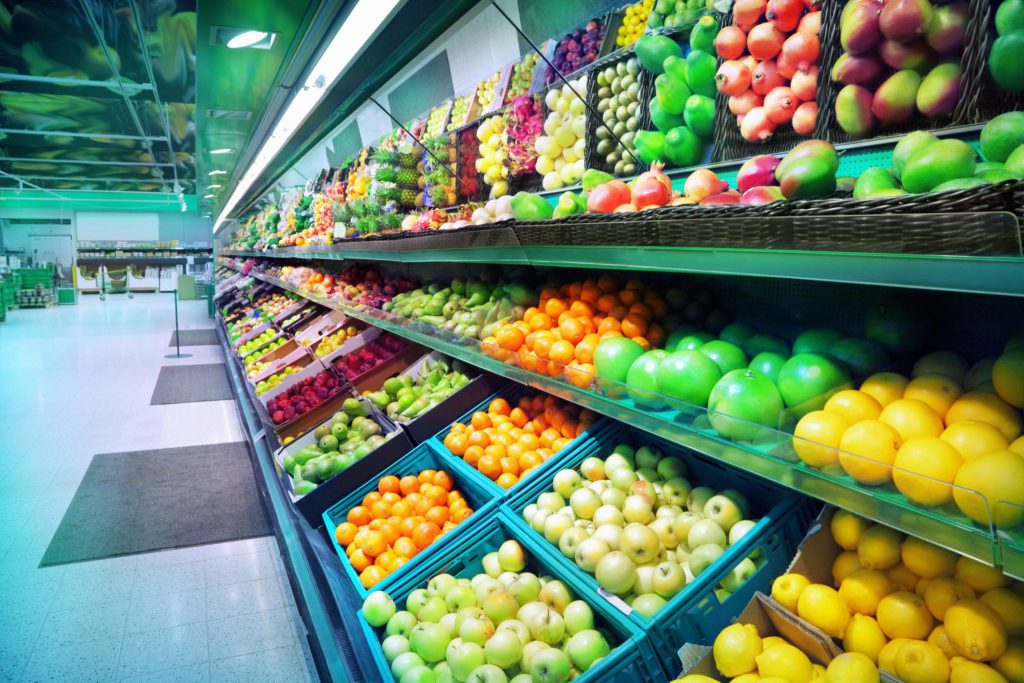
The UK is also exposed to volatile global markets that have strong impacts on supermarket prices. In this interconnected world, as market prices fluctuate it is consumers that have to pay more downstream, as they did in 2008.
The 2008 food price spike
Early 2008 saw the culmination of astonishing food price rises. The price spike brought an end to the long-term decline in relative price of food in the UK, and few expect it to return to past lows.
On the global markets, the 12 months to March 2008 saw the wheat price rise 130%, soya by 87% and rice jump 74%.
These price rises on the global commodities markets had a rapid and significant impact for UK consumers. In a BBC survey of household UK shopping, general items such as tinned foods registered a 15% price increase and seven items in the survey jumped by more than 40%. A pack of four croissants was 47.4% more expensive and a 125g packet of ham went up by 45.4%. Other surveys showed that fruit and vegetables saw some of the biggest price rises – up nearly a third at the major supermarkets from 2007-08.
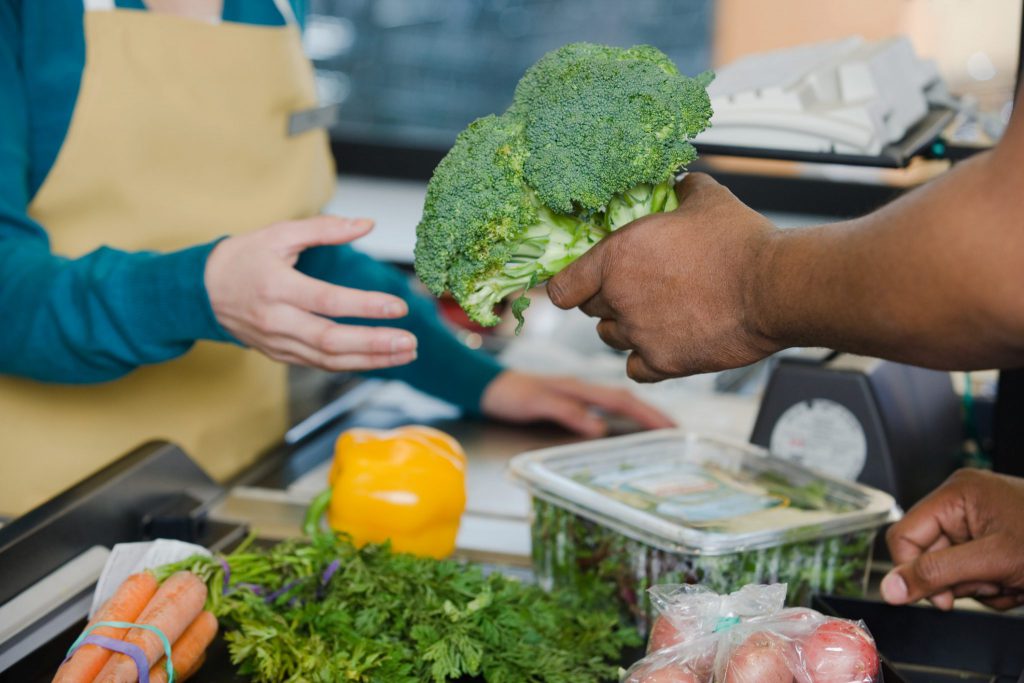
Food price rises affect less wealthy families the hardest. The poorest 10% of UK households spent 15% of their expenditure on food in 2005-06 (after which food prices increased significantly), a figure that was just 7% for the richest 10%. This is because low-income consumers spend proportionately more on milk, eggs and bread – staples that are hard hit by food price rises.
From bad to worse
Pressures on the UK’s food security are here to stay. Increasing global population and changing consumption patterns are increasing demand for foodstuffs and contributing to upwards price trends. However, the threat to UK food security could be more serious should increasing global demand combine with other potential problems.
One concern is the bluetongue virus. A disease that mostly affects sheep, it is transmitted by the Culicoides biting midge. As the weather has warmed in recent years, the geographical range of the midge has spread north, arriving in the Netherlands in 2006 and with the first confirmed outbreak in the UK in 2007. Since then, the disease has gone on to strike Norway in 2009.
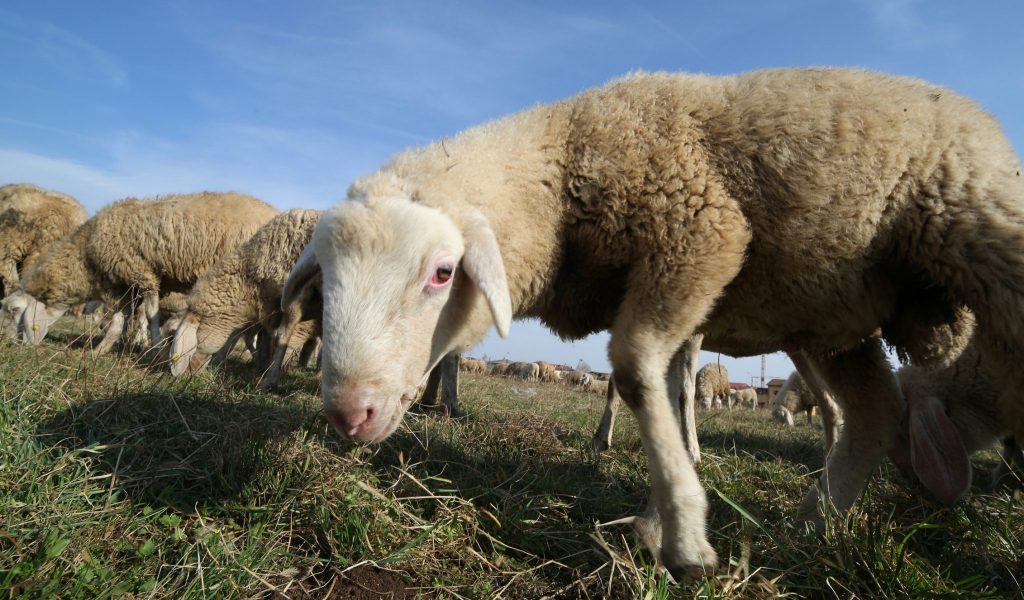
Fortunately, a vaccine was developed which helped prevent outbreaks of the disease in 2008, saving an estimated £460 million and 10,000 jobs in the UK. But bluetongue will almost certainly return and gain a foothold in the UK, which could detrimentally impact consumers and the UK economy. Lamb exports would be reduced, and animals would be culled which would increase lamb prices.
Multiple threats
If bluetongue struck along with another disease, one that struck wheat for example, the combined effects – bad but manageable individually – could be disastrous. A record wheat crop of 17.2 million tonnes was harvested in the UK in 2008; as a cereal-exporting country it would cost the economy billions if a new wheat-attacking plant pathogen were to arrive.
The Ug99 strain of the ‘stem’ or ‘wheat rust’ fungus was first found in Uganda in 1999 (from where the Ug denomination originates) and has since spread to Ethiopia, Kenya, Sudan, and across the Red Sea to Yemen and Iran. Resistant to the major three anti-rust genes used to protect most of the world’s wheat, experts predict disaster if it reaches major wheat-producing regions. It is currently affecting parts of the Mediterranean with new races found in Europe, Africa, Central Asia.
Wheat rust can infect a healthy crop in hours and turn it into a useless mulch in days. Scientists are now engaged in a race against time to develop a new strain of wheat resistant to Ug99.

Another problem we share with other food-producing nations is a worrying decline in the populations of insect pollinators, such as bees, moths and butterflies. In the UK, bee populations have fallen by 10-15% over the last two years. Declines have also been seen in Europe and North America
It’s not clear what has caused such a sharp decline. With so many different species affected, the answer is likely to be multi-faceted, with no single cause behind the worrying drop in numbers.
Whatever the cause, we need to find out: a third of crops are pollinated by insects, and further declines could lead to higher food costs and potential shortages.
The range and types of UK pests, diseases and weeds is also likely to significantly change with climate change. For instance, considering diseases that affect oilseed rape, the severity of phoma stem canker epidemics is predicted to increase, but the incidence of light leaf spot will decrease. There could also be more problems with pesticide resistance. Higher temperatures could lead to an increased number of generations per year, which allows time for resistance build up, and warmer winters could improve survival in resistant pest populations.
And it isn’t just pests and diseases that we have to worry about. Climate change will affect the UK through extreme weather, where warmer wetter winters are forecast alongside drier summers, potentially reducing yields. For more information, see the GFS report:
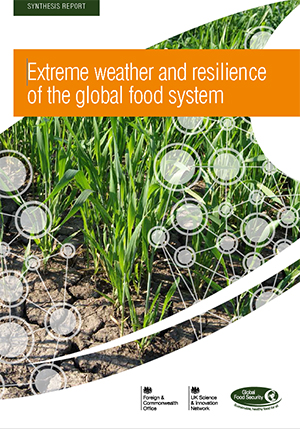
Extreme weather and resilience of the global food system
This synthesis report presents evidence that the global food system is vulnerable to production shocks caused by extreme weather, and that this risk is growing. Preliminary analysis suggests that the risk of multi-breadbasket failure from extreme weather will triple, going from a 1-in-100 year event to a 1-in-30 year event by 2040. A number of recommendations are made to improve resilience of the food system.
(You can view PDF documents by downloading a PDF reader. We recommend using Google Chrome or Mozilla Firefox web browsers.)
Interconnected world
Should crop yields be significantly affected by the decline in insect pollinators, or even a small proportion of the British sheep population succumb to bluetongue, exports would be curtailed, jobs would be lost, and food wasted. Furthermore, culling sheep or cattle would have a knock-on effect on other meat prices, sending them spiralling.
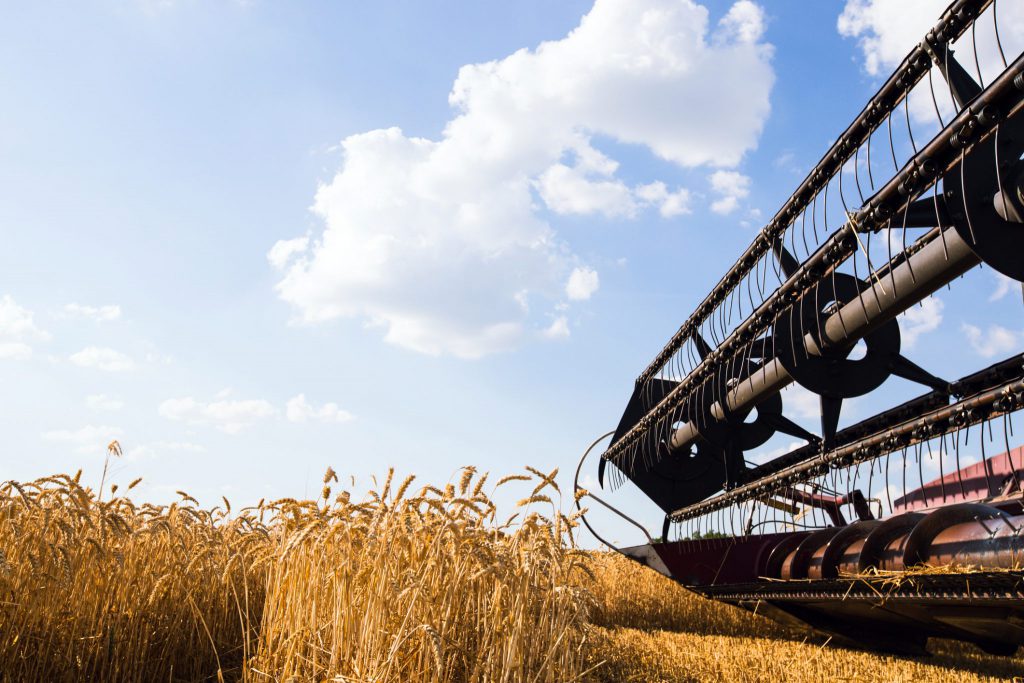
It is the same for other major exporting countries: a poor wheat harvest reduces income and can send other cereal prices spiralling, especially since many cereals are used for animal feed and the global appetite for meat is increasing in the most populous nations.
Therefore, the UK’s food security issues affect the world, just as the world’s issues affect the UK. If the UK is to avoid price rises like those seen in 2008, where the cost of standard healthy eating items like fruit and vegetables increased by more than 30% in major supermarkets, a major and sustained effort will be required to research the problems and bring solutions across the country.
Information sourced from Defra, ONS, FAO and BBSRC.

